The author superbly represented this brilliant artist in a way that is both baroque and rococo in this beautiful material that is Sèvres porcelain.
Small accidents are visible: 4 chips on the base, a chip in the left corner in front and behind the base, however this remains normal for a sculpture weighing around 10kg and having gone through 130 to 140 years of history.
A patinated terracotta bust from the same period was sold at auction on March 30, 2014 at SLG Enchères for 7,600 euros excluding fees and 3,936 euros at Artcurial on December 5, 2022.
The base measures 14cm x 14cm.
Delivery in a secure and armored package by our MBE service provider for:
France €60
Europe €90
Others €150
¹ William Shakespeare is an English playwright, poet and actor baptized on April 26, 1564 in Stratford-upon-Avon and died on April 23, 1616 in the same city.
Nicknamed "the Bard of Avon", "the immortal Bard" or simply "the Bard", he is considered one of the greatest poets and playwrights in the English language.
His work, translated into many languages, consists of 39 plays, 154 sonnets and a few additional poems, some of which are not attributed to him with certainty.
Source: https://fr.m.wikipedia.org/wiki/William_Shakespeare
²Albert Ernest Carrier-Belleuse, highly regarded by Emperor Napoleon III, acclaimed for his sumptuous and seductive sculpture that combined elements of unbridled realism with flourishes of Baroque and Rococo splendor. He was one of the most prolific artists of the century and enjoyed the greatest success under the Second Empire, benefiting from the personal support of Napoleon III.
His work was greatly influenced by the style of the Italian Renaissance and that of the 18th century, which he helped to bring back into fashion.
A pupil of David d'Angers who exhibited at the Salon from 1851, practicing all genres and all dimensions with remarkable inventiveness.
He provided models of forms to English and Limousin ceramic factories.
In 1875, Albert-Ernest Carrier-Belleuse was appointed director of artistic works at the Manufacture de Sèvres.
He gave it a very modern impetus, which was manifested by the creation of a complete range of vases.
The new forms imagined by the sculptor, such as those of the Saigon vase, the Fizen vase or the Mycenae vase, met with great success at the exhibitions of the Union Centrale des Arts Décoratifs in 1884. In the field of statuary, Carrier-Belleuse presented some new figures produced in biscuit: a Minerva, a bust of the Republic, a centrepiece "The Return of the Hunts" and our example of the bust of William Shakespeare.
Source: https:/www.sevresciteceramique.fr/manufacture/les-artistes/artist/albert-ernest-carrier-belleuse.html


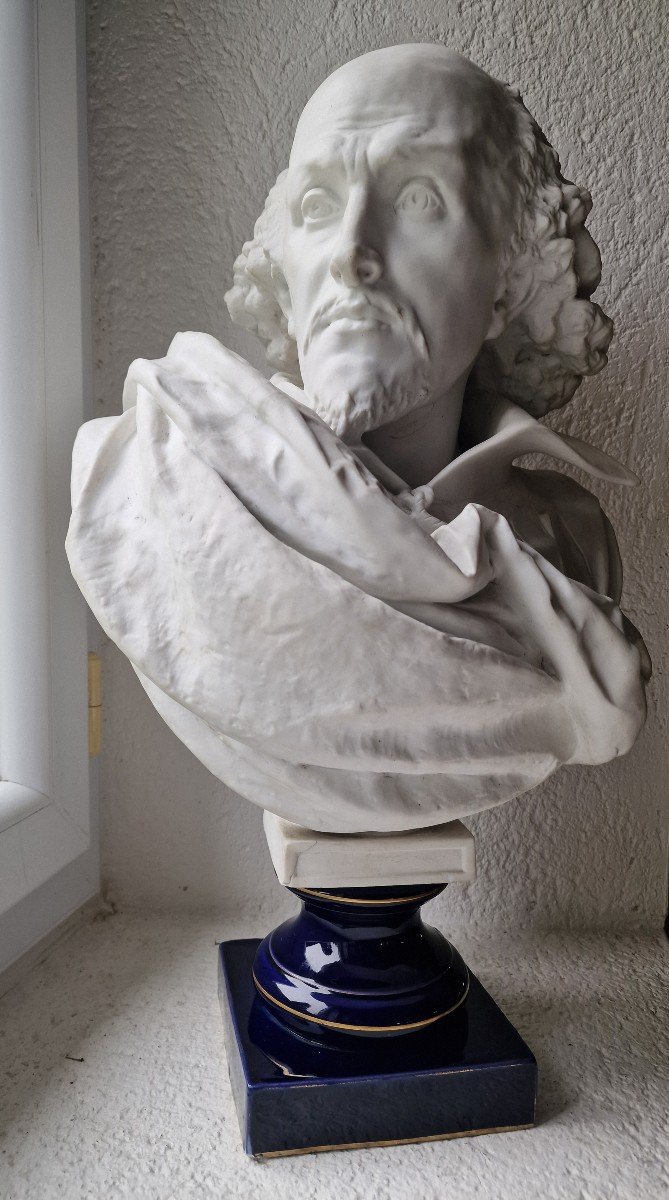

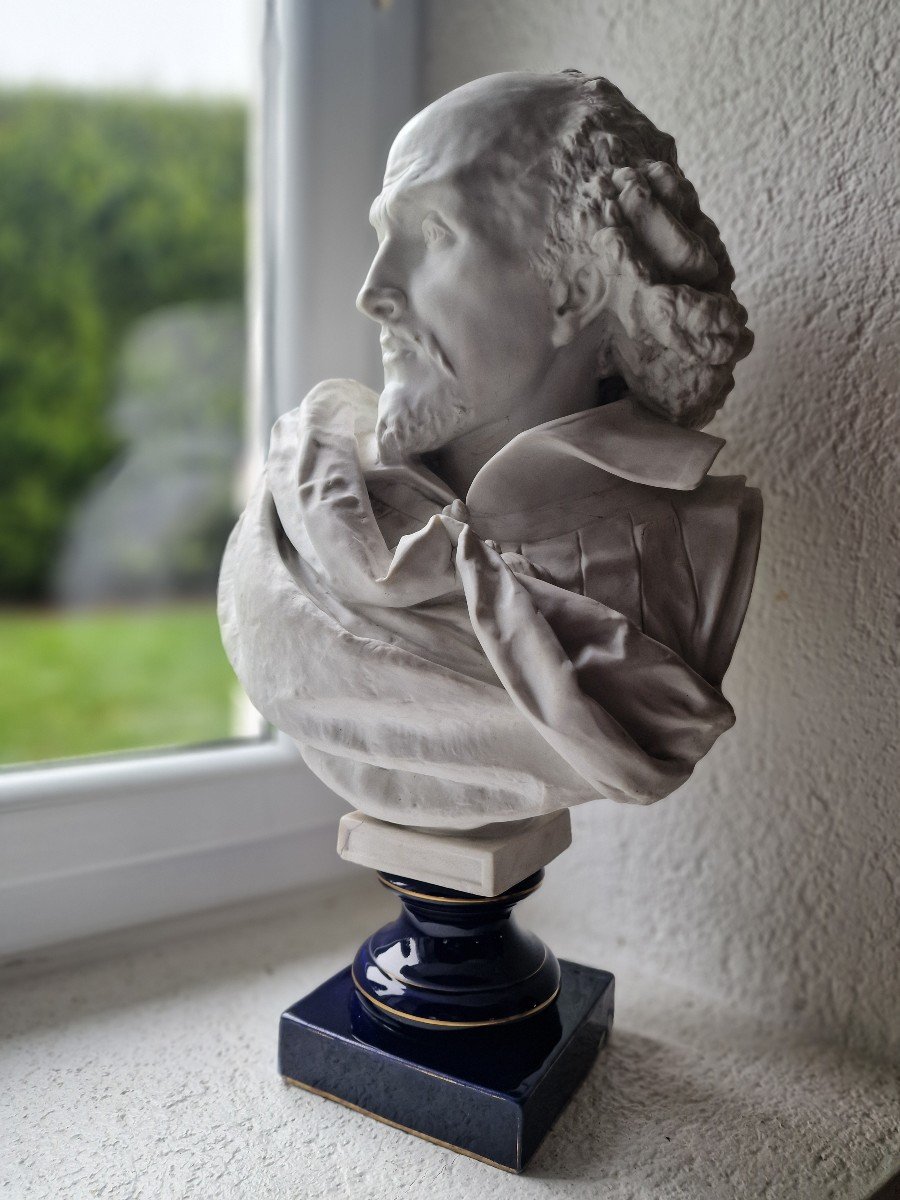
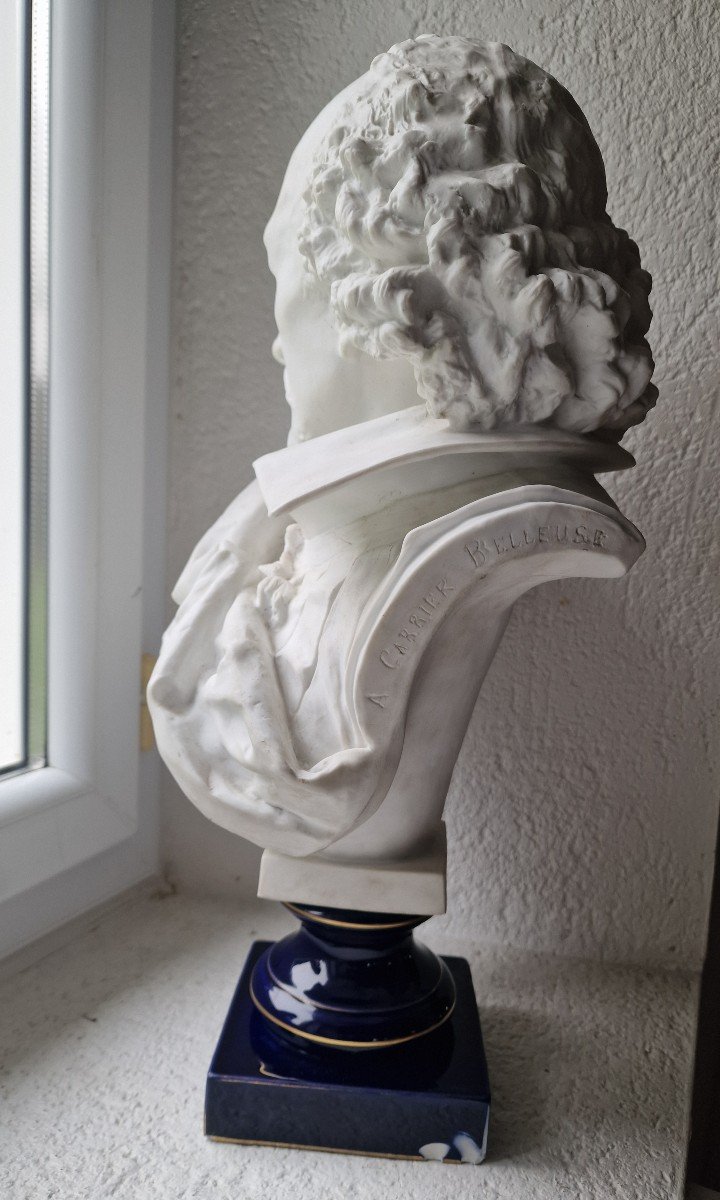


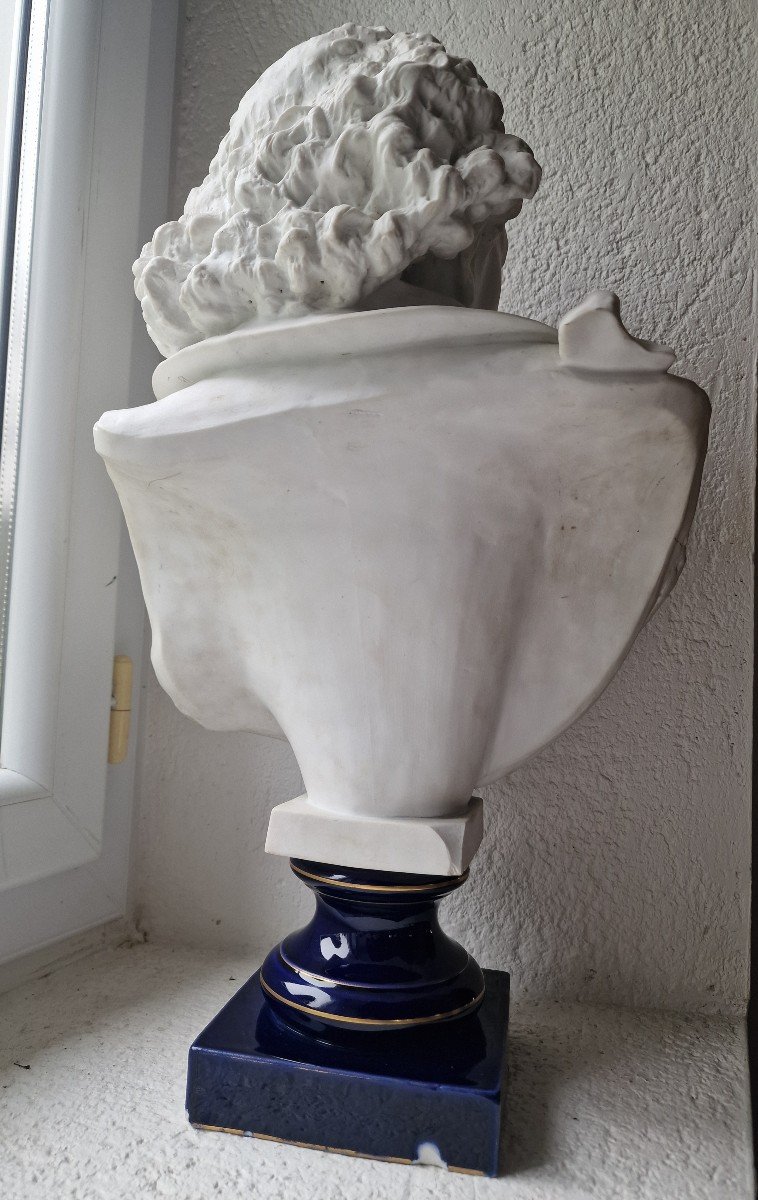

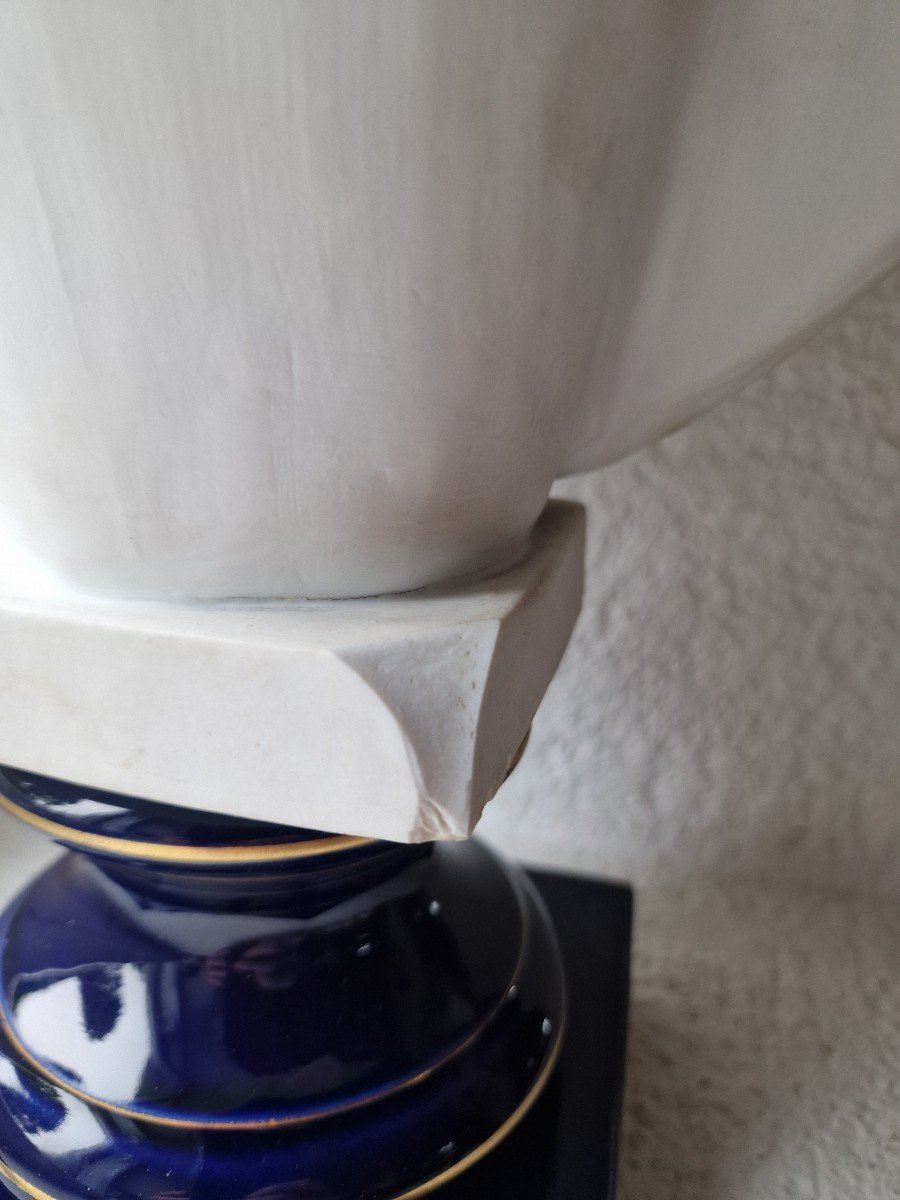
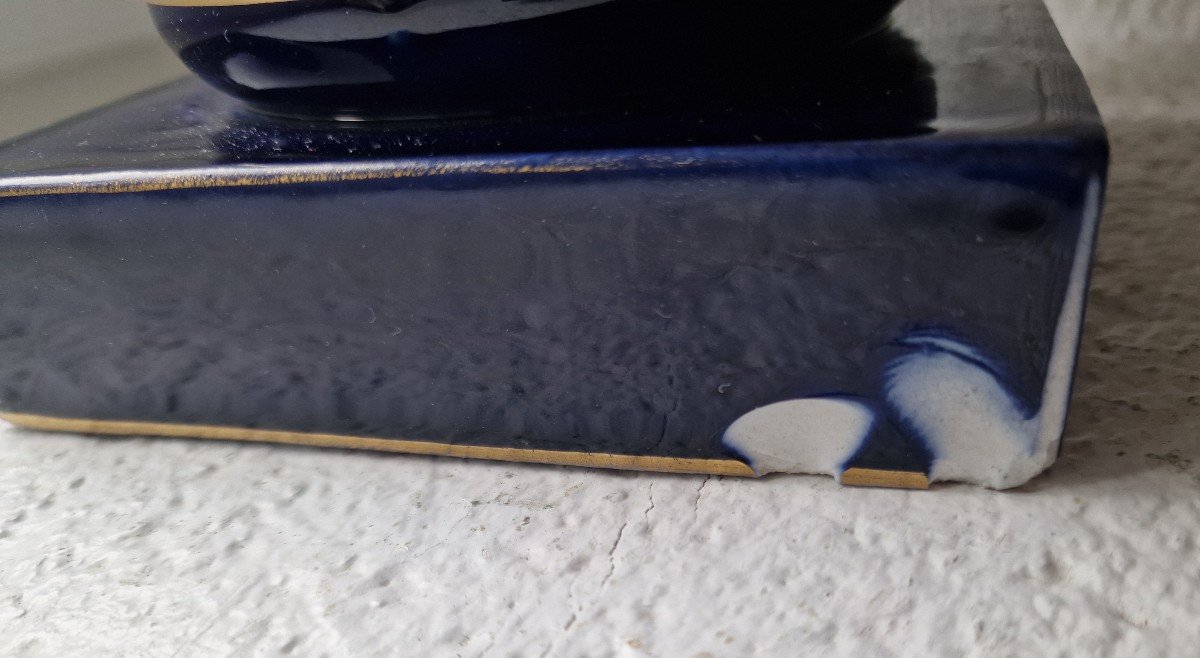
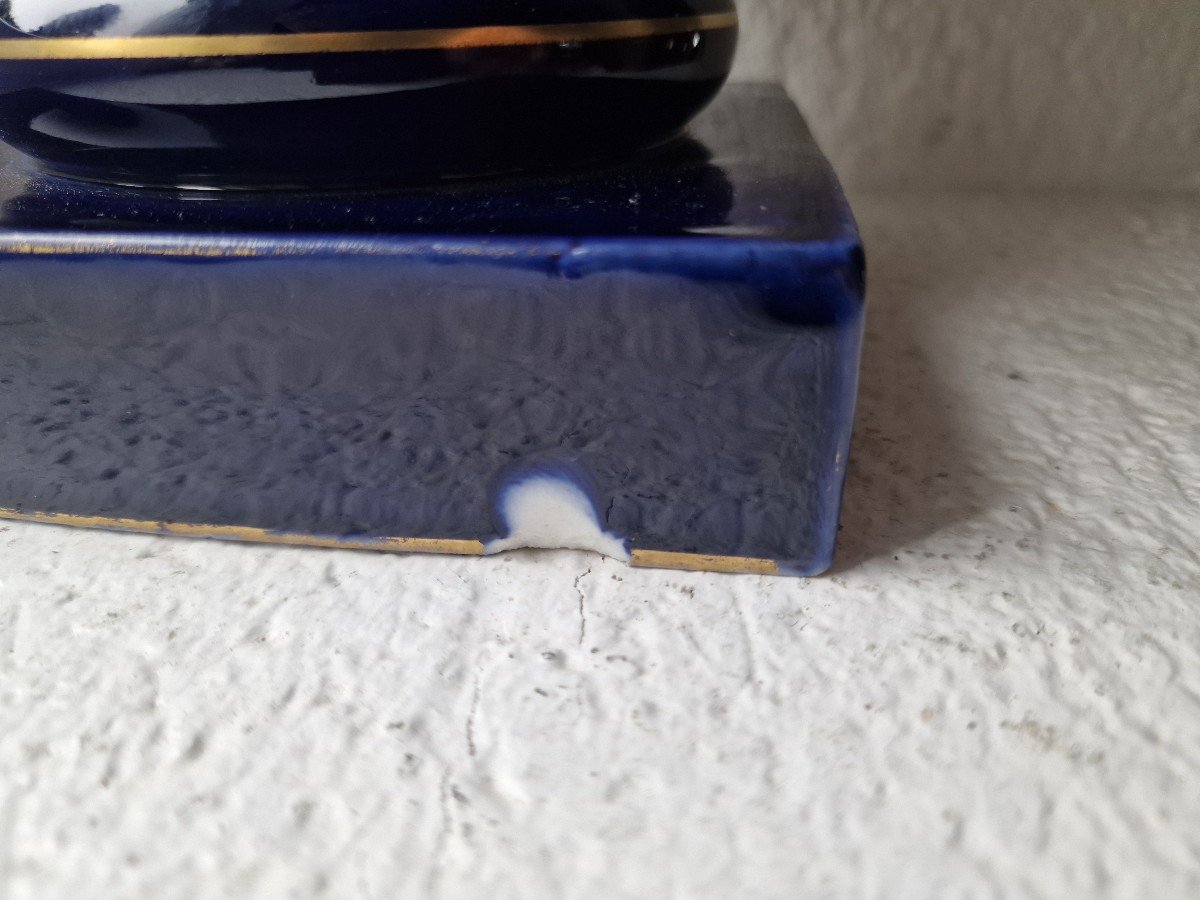



















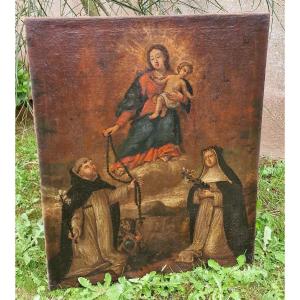

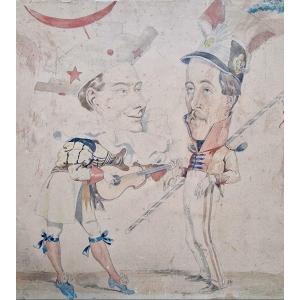

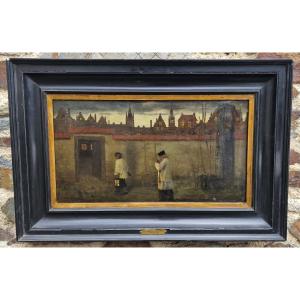
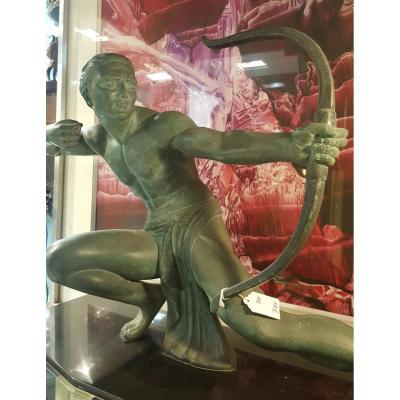

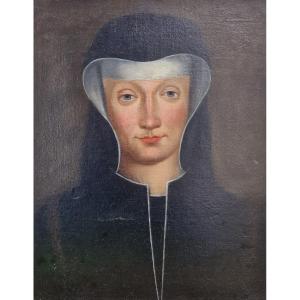



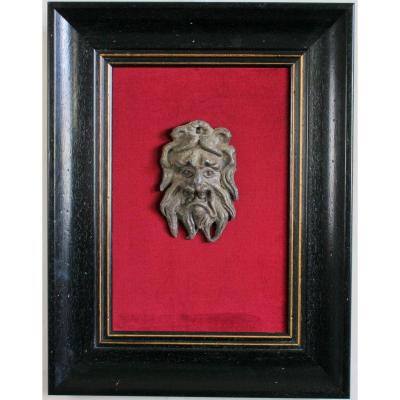
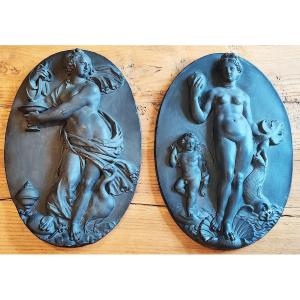




 Le Magazine de PROANTIC
Le Magazine de PROANTIC TRÉSORS Magazine
TRÉSORS Magazine Rivista Artiquariato
Rivista Artiquariato